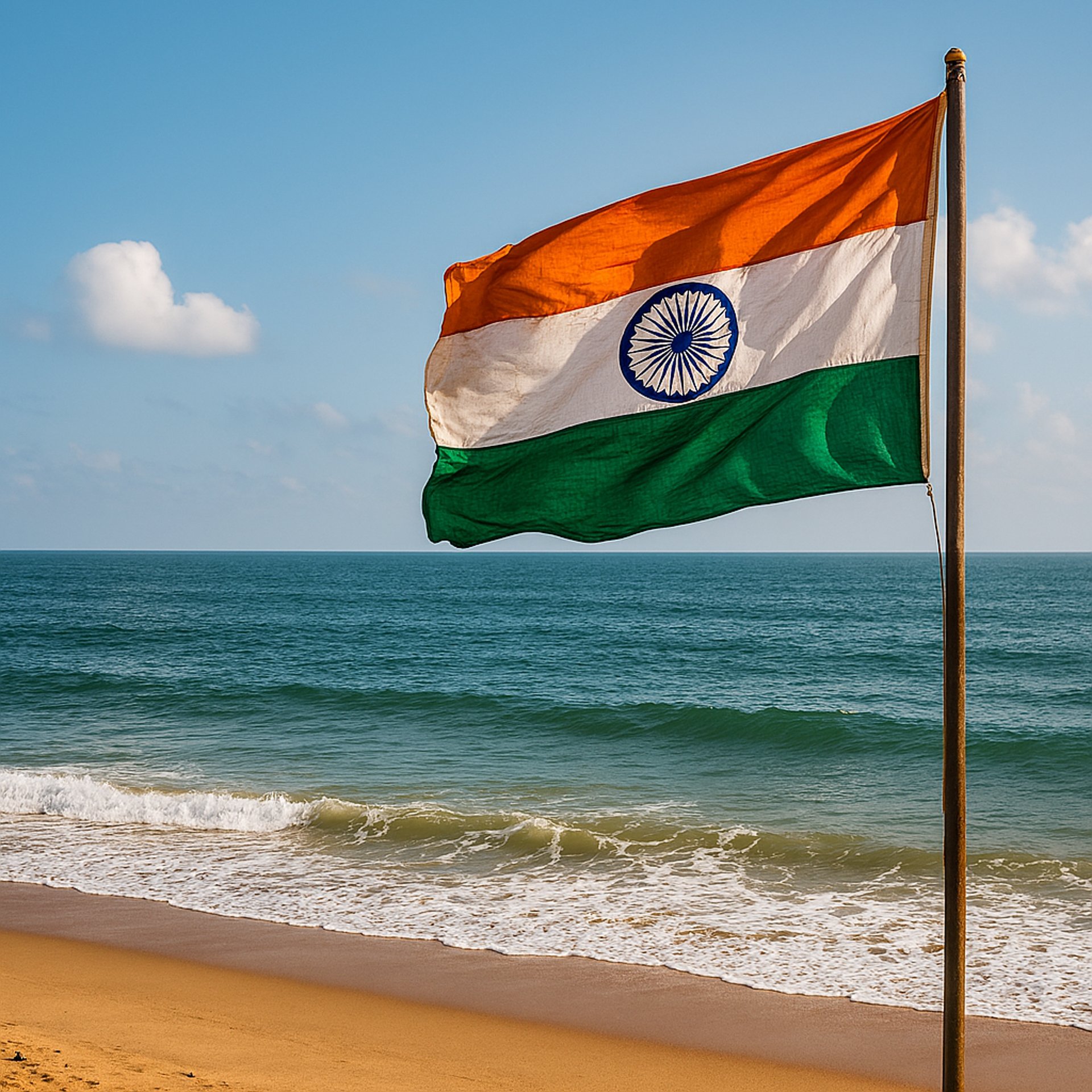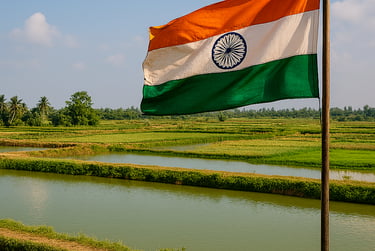
Carp India
Carp farming in India is a cornerstone of inland aquaculture, contributing significantly to rural livelihoods and national fish production. It involves cultivating Indian major carps and exotic species using pond-based systems, often through composite fish culture.
Dominant Role in Aquaculture: Carp farming accounts for over two-thirds of India’s inland aquaculture output, making it the most widely practiced form of fish farming in the country.
Indian Major Carps (IMCs): The primary species include:
Catla (Catla catla) – surface feeder
Rohu (Labeo rohita) – column feeder
Mrigal (Cirrhinus mrigala) – bottom feeder
Exotic Carps: Introduced species like Common carp (Cyprinus carpio), Silver carp, and Grass carp are also cultivated to enhance productivity and diversify feeding niches.
Composite Fish Culture: This method involves stocking multiple carp species with complementary feeding habits in the same pond to maximize resource use and yield. It’s also known as polyculture or intensive fish farming.
Pond Management: Farmers use earthen ponds, tanks, or cages, depending on available resources. Proper pond preparation, water quality management, and stocking density are critical for success.
Nutrition and Health: Feed management includes natural pond productivity and supplementary feeding. Disease prevention and regular monitoring are essential for sustainable production.
Rural Employment: Carp farming is a major source of income and employment in rural India, especially in states like West Bengal, Andhra Pradesh, and Bihar.
Market Demand: Carps are in high demand due to their affordability, taste, and protein content. They are sold fresh, frozen, or processed, with robust domestic consumption and growing export potential.
Yield Potential: Well-managed systems can produce up to 3,000 kg/ha/year, with some intensive setups exceeding this benchmark.
Institutions like the Central Institute of Freshwater Aquaculture (CIFA) and various state fisheries universities support carp farming through breeding programs, training, and extension services.
Innovations in genetic improvement, feed formulation, and biosecurity are helping modernize the sector.
Carp farming aligns with India’s goals for food security, nutritional improvement, and sustainable rural development. With climate-resilient practices and better infrastructure, it holds promise for expansion and modernization.

The information on this website is for general informational purposes only. Fishfarmsolutions.com makes no representation or warranty, express or implied. Your use of the site is solely at your own risk. This site contains links to third party content, which we do not warrant, endorse, or assume liability for.


